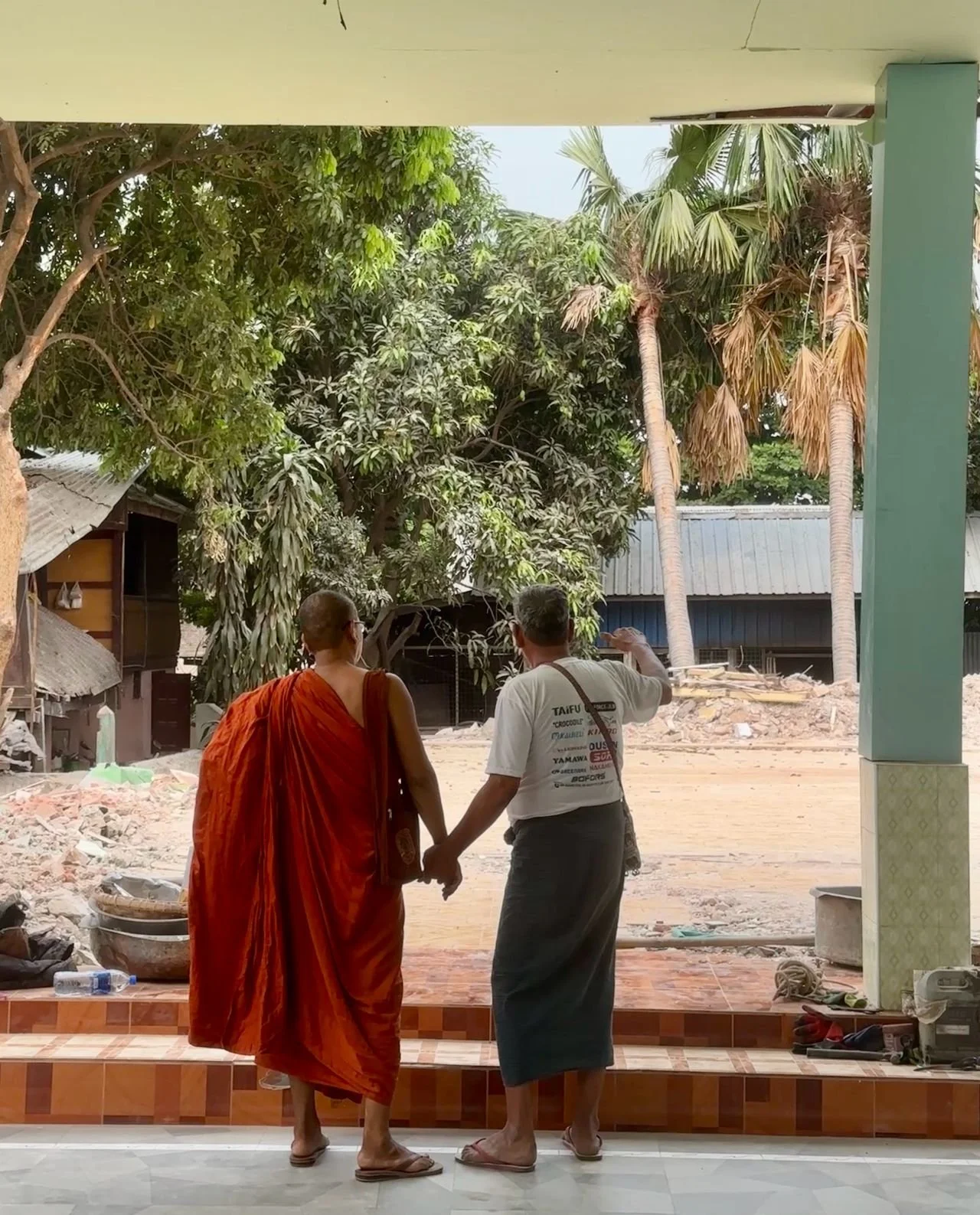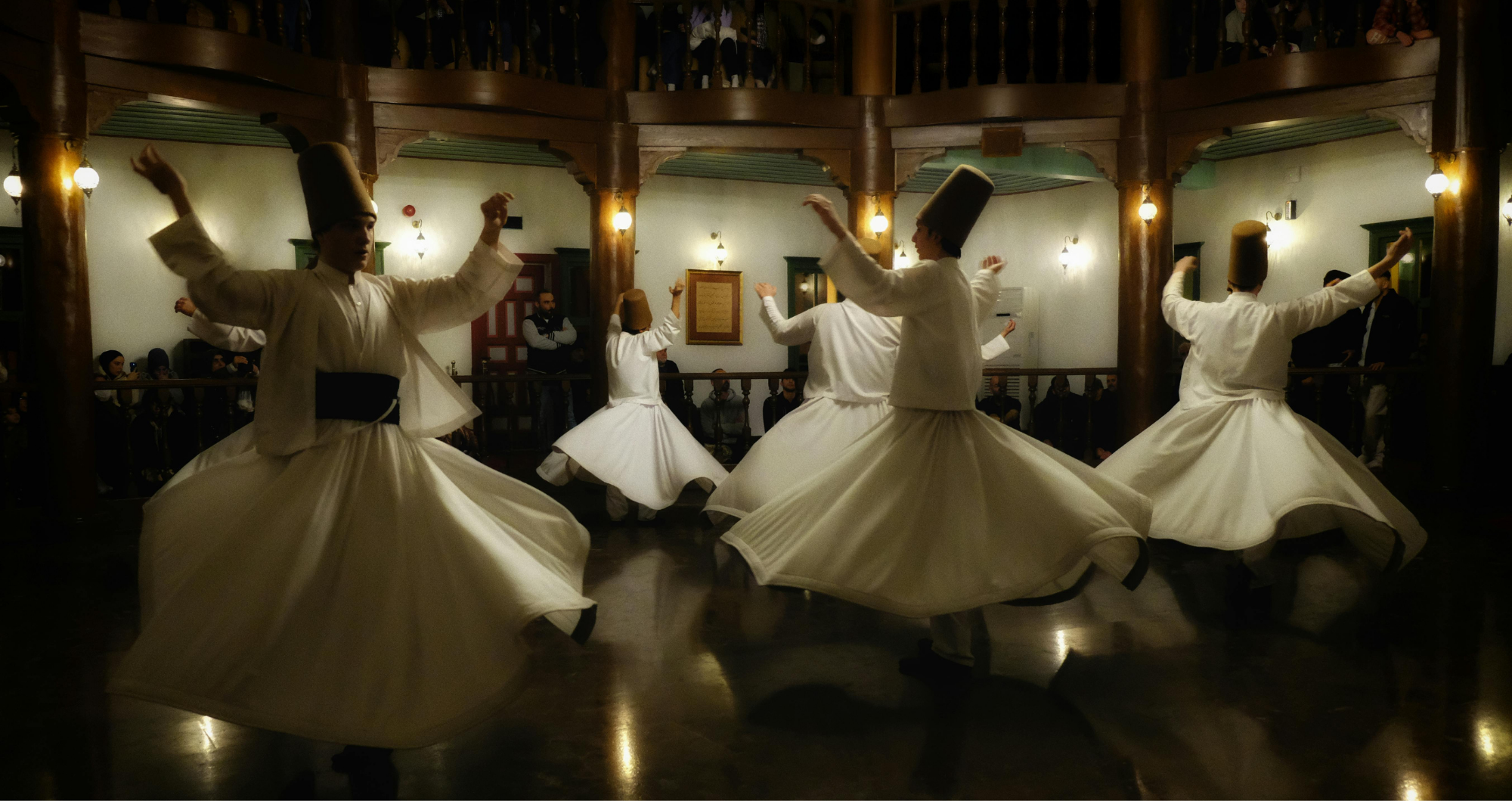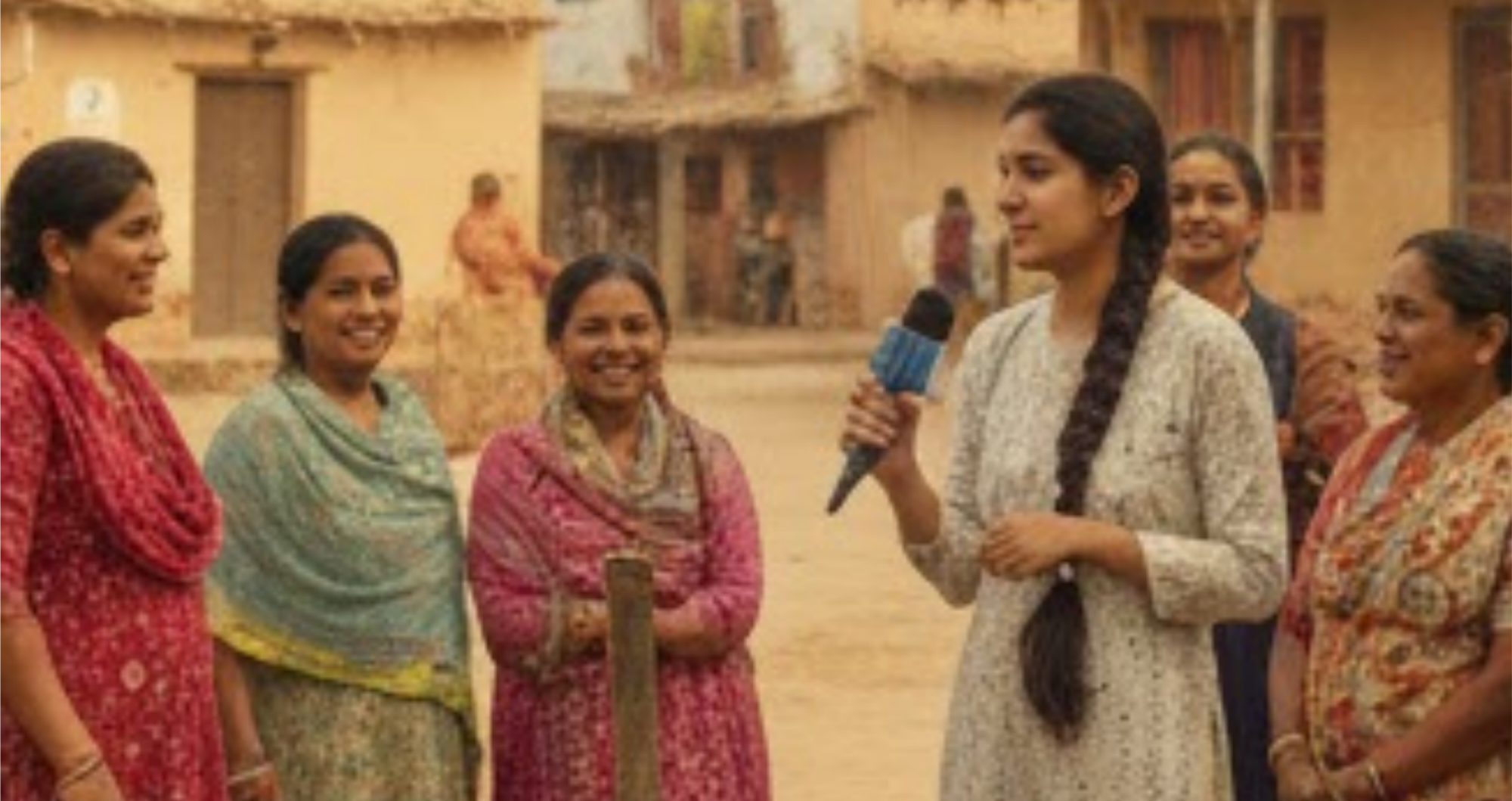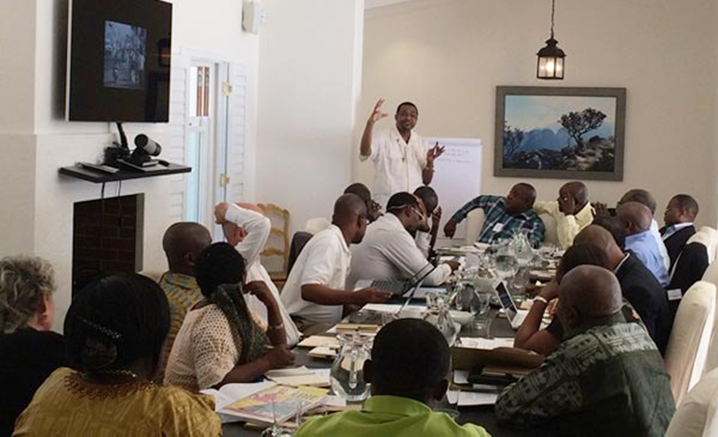Written By Qamar-ul Huda, PhD
Peacebuilding Trends during Liberalism
The establishment of the United Nations in 1945 marked a pivotal moment in institutional liberalism, reflecting the global commitment to multilateralism, conflict resolution, peacebuilding, and collective security within the framework of global governance. The UN sought to cultivate a culture of peacemaking in which the principles of human rights and the values of peacebuilding were grounded in justice and publicly affirmed. A culture of peace involves instilling the skills and attitudes necessary to recognize and resolve potential conflicts at the personal, interpersonal, communal, regional, national, and international levels. The field of peacebuilding emphasizes the need to critically examine the role of education in fostering a culture of peace, while at the same time, peacebuilding practitioners and scholars believe that an integrated peacebuilding approach should be incorporated into broader frameworks for sustainable economic and social development, as well as for a transparent and representative political system. An integrated approach would bring together government and civil society stakeholders to create an innovative target plan that transforms cultures, institutions, systems, and relationships to prevent or resolve conflict.1
Peacebuilding forged during the liberal era commonly argued that national peacebuilding efforts by governments lack the necessary sincerity or commitment to the vested interests of local decision-makers. There was no contention that the national governments’ involvement in peacebuilding is required – at all levels – because it brings legitimacy, political will, a wide variety of resources, government capacity, international interlocutors, and the state apparatus to the task of enacting peace. Still, the process of peacebuilding was tied to the ‘ripeness of peacemaking’. In the absence of national peacebuilding efforts, peacebuilding could not be restricted to a time when national leaders were prepared for dialogue. As a result, the emphasis shifted to cultivating peacebuilding skills and knowledge among local civil society members.
Even during the height of peacebuilding in liberalism, foremost theoreticians Johan Galtung and John Paul Lederach developed peacebuilding frameworks and concepts that were often dichotomous, focusing on the roles of government versus those of civil society members, and on formal dialogues led by international bodies versus local councils. There was a need to rebalance government approaches, which were naturally top-down, focusing on government bodies responsible for coordinating dialogues, managing the timelines of the conflict's ceasefires, negotiating the specific terms of the peace agreement, and ensuring there is no retribution during the reconciliation process.2
Peacebuilding practitioners and multilateral organization experts assumed there was a deficit in local knowledge of conflict resolution and that the solution was external interventions. This epistemic disparity between global and local information asymmetry often fails to achieve sustainable peace because it lacks the necessary context-specific understanding to tailor enduring solutions.3 Global ‘peacebuilding interventions’ aimed at equipping locals with analytical tools for conflict prevention, mediation, transformation, program effectiveness, and, of course, monitoring and evaluation methods to measure their work and access grants.
Post-Liberalism Blues
Global liberalism in the 1990s moved toward hyperliberal transatlantic governance and the transformation of the international order.4 Hyperliberalism was characterized by international rules more aligned with laissez-faire capitalism and by a less embedded egalitarian social contract. During this time, the U.S. and its allies were more focused on regime change to ‘expand’ democracy; at the same time, international relations were increasingly entangled in courts and tribunals, and states were steeped in deeper judicialization.5 Furthermore, socioeconomic schisms have impacted social identities in Europe, particularly with the Brexit vote and the weakening of the European Union.
“War needs scrutiny and criticism, not cheerleading…”
Critics argue that national-level government operations may lead to a disconnection between national interests and local needs, as well as between national interests and the needs of diverse communities. For example, in Libya, Iraq, and Afghanistan, when a peace infrastructure was designed at the national level, local-level actors were often disconnected or even excluded from the national-level process. International officials knew that national actors deliberately withheld information, resources, and access to participation from local actors to undermine the process, either to advance their personal political agendas, to isolate adversaries, or ultimately, to forge an exclusive process to produce favorable results.6
In recent years, as Western states have moved toward nativist politics, elements of authoritarianism have risen alongside the emergence of right-wing parties as major forces in the U.K., U.S., Hungary, Brazil, Italy, Sweden, Finland, Belgium, Germany, Poland, and India, among others.7 Consumed by the political divisions of nativism, liberalism abandoned foreign aid, eroded soft power, and retreated from leadership in conflict resolution and peacebuilding, while confronting the weakening of its own institutions.8
Navigating Peacebuilding in a Post-Liberal Era
Today, during this post-liberalism transition, we must ask ourselves: “How should the peacebuilding field be constructed and prepared to engage in a new era?” The wars in Gaza, Libya, Iraq, Sudan, and Iraq reveal not only the fault lines of commitment and power in the field of conflict resolution, but also that Western models of peacebuilding in liberal contexts are lacking relevance and applicability in a post-liberal world. There is a long history of pretensions to universalism within liberalism, which has led to arrogant dominance and imposition at odds with other models of peacebuilding. For too long, peace has been built through legal institutions and the preoccupations of liberal democratic state-building, but it need not start or end here.9
What is needed is a new model—a reimagining of how to resolve conflict and build peace in a fragmented, polarized, and divisive world. This section outlines four key areas that need to be addressed in this new model: peacebuilding activities refusing to tolerate all forms of violence that is tolerated in liberalism; the reframing of the diverse roles of faith traditions in peacebuilding; forging real peacebuilding solutions requires a commitment to inclusive dialogue and strategies based on a moral imagination; and, local stakeholders are the key to implementing sustainable and contextually-based solutions.
Peacebuilding Without Tolerating Violence
Liberal and post-liberal multilateral organizations have failed to prevent or reduce major conflicts such as the Russia-Ukraine war, civil wars in Sudan, the Democratic Republic of Congo, and Myanmar, as well as ongoing militancy and unmanageable radicalization of communities in the Sahel, Somalia, Lebanon, Afghanistan, and Pakistan. The war in Gaza, in particular, is causing an unimaginable amount of suffering to a civilian population that does not have a representative government body to protect their security and represent their survival interests. The global community of nations has also been unable to deter, mitigate, reduce, and implement effective interventions that permit a ceasefire, thereby allowing humanitarian, medical, and sheltering assistance for the civilian population. Whether it is Chinese aggression against Uyghurs, Myanmar genocide against Rohingyas, or the former Syrian dictator Bashar al-Assad, the international liberal order has repeatedly chosen not to act—out of fear of damaging the world economy, risking higher inflation on consumer goods, or geopolitical restraints.10
Photo credit: Qamar-ul Huda
War needs scrutiny and criticism, not cheerleading: real-time genocide, internment of civilians, and the public ridicule on social media of torturing and violation of human rights is the ugly side of a dying liberalism. If the field of peacebuilding advocates for engagement with all stakeholders, then how can it transform violence executed by Western liberal sovereign states and the complicity of authoritarian states?
Recognizing Faith-Based Peacebuilding
For too long, the liberal peacebuilding industry has actively neglected to engage with religious communities, or to recognize that their primary understanding of religious peacebuilding is rooted in Christian concepts and worldviews. This exemplifies both the uneasiness with religion and the contestation of religion's role in peacebuilding. It is time to recognize that the very communities in which peacebuilding activities occur still intentionally uphold the historical, religious, and spiritual traditions and are not interested in divorcing from them. Along the same lines, acknowledging the diversity of religious practices and beliefs—including non-Christian and interfaith practices—would also deepen collaboration between the post-liberal secular global peacebuilding community and religious communities.11
Moral Imperatives to Protect Human Dignity
In each moment, there is the possibility - with moral imagination - to use creativity to envision multiple solutions and realities that are part of the greater whole. Oftentimes, we frame conflicts as dualistic polarities, which immediately reduces and essentializes them, causing us to miss the broader galaxy of potential ideas. Peacebuilders and conflict resolution experts must learn to recognize how easily individuals - including themselves - can become lost in the quagmire of pessimism in conflict or disputes, and in this mentality, it is natural to view reality and solutions in dualistic terms. And in this duality, it is common to think that liberal peacebuilders have a singular linear path to a solution, or that a peace process must adhere to established guidelines before any meaningful agreement can be achieved. However, despite the bleak, pessimistic world of liberal failures, there remain historical institutions and traditions that have systems in place to resolve conflict, with a strong sense of moral duty and imagination, enabling innovative, just alternatives that protect the dignity of every person.
“Even when communities live in fear and conflict, they can unveil the mystery of moral imagination to identify what is necessary for peacebuilding to occur.”
Creative moral imagination is not the sole responsibility of elected leaders, representatives, community and charismatic leaders, but of local communities, whose authentic voice must always be heard and respected, and whose presence is as important as that of other stakeholders.12 Even when communities live in fear and conflict, they can unveil the mystery of moral imagination to identify what is necessary for peacebuilding to occur.
Solutions by Local Stakeholders
How do we think about issues with our heart and soul that truly encourage us to pick up what we might otherwise neglect? The complex lives of local stakeholders in conflict play a decisive role in shaping the trajectory of peacebuilding efforts. How local stakeholders perceive one another—and how they engage with those they oppose while still upholding human dignity—is central to building inclusive and resilient peace. This principle underscores the importance of fostering mutual recognition and empathy, even amid deep divisions, as a foundation for sustainable reconciliation. Reconciling the tensions between the prophetic messages and their actual application, between the abstract and the concrete, is the challenge that lies in front of us.
Photo credit: Qamar-ul Huda
The broader peacebuilding community faces numerous challenges as it navigates hegemonic transitions, power transfers, the limitations of multilateral organizations, and the evolving field. If peacebuilding is to be locally driven, rather than led by external stakeholders, this may offer a powerful alternative. Models that emphasize inner transformation and ethical engagement, focusing on virtues such as compassion, forgiveness, and mercy, will identify measurable ways to eliminate injustice and violence. If these models effectively reduce suffering and target the root causes of individual and societal violence, they will lead to a transformation of relationships and institutions. Such approaches demonstrate that sustainable peace is built from within communities, rather than being imposed from outside.
“In this reimagined post-liberalism approach, peacebuilding becomes a collaborative journey—rooted in local values, traditions, and aspirations driven by local stakeholders who can conceive of a post-conflict recovery and prosperity.”
There is an obvious place for legal rules and institutions to support peacebuilding and justice idealism; however, we have seen how these very institutions can be a double-edged sword, operating as a check on abuses of power but at the same time in service to power. While liberal judicial systems were designed to mitigate structural violence, they simultaneously legitimize and sustain violence. There is empirical evidence and ample historical data from the past eighty-five years that democracies do not consistently externalize peaceful norms; are not always accountable to their own constituencies; have mobilized themselves to launch wars against sovereign states; and the liberal values of open political competition do not guarantee free transparency or even peaceful intentions of state actors.13
Inclusive Peacebuilding Solutions
In this reimagined post-liberalism approach, peacebuilding becomes a collaborative journey—rooted in local values, traditions, and aspirations driven by local stakeholders who can conceive of a post-conflict recovery and prosperity. By re-centering non-Western models of universalisms and local concepts of egalitarian principles, the focus will be on building more just, inclusive, resilient, and dynamic societies that are not in tension with their own traditions, customs, or history. Peacebuilding mandates practical solutions but it is not divorced from a compelling vision that resonates with practitioners, religious leaders, faith-based organizations, secular peacebuilding organizations, researchers, community leaders, and scholars who together are capable of developing a critical mindset toward a new, reimagined vision. Investing in the long-term capacity of local actors—civil society, traditional leaders, religious, youth, and women’s groups—to mediate conflict, facilitate reconciliation, and sustain peace will ensure solutions are contextually relevant and culturally grounded. The future of peacebuilding lies in empowering communities to lead with mutual respect and embracing the richness of local and global diversity.
These views only represent the author’s opinions and not those of USNA or any other organization.
Endnotes
1 Craig Zelizer, (ed.) Integrated Peacebuilding: Innovative Approaches to Transforming Conflict. New York: Routledge, 2013 ; Robert Ricigliano, Making Peace Last: A Toolbox for Sustainable Peacebuilding. New York: Routledge, 2012.
2 Katia Papagianni, “Mediation, Political Engagement, and Peacebuilding” Global Governance, 2010, 16 (2): 243-263; Teresa Whitfield, External Actors in Mediation: Dilemmas and Options for Mediators. Geneva: Centre for Humanitarian Dialogue, 2010; David Heater, Peace through Education. London: Falmer Press, 1984; Helmick, Raymond and Rodney Peterson. Forgiveness and Reconciliation: Religion, Public Policy, and Conflict Transformation. Philadelphia, PA: Templeton Foundation, 2001.
3 Qamar-ul Huda, Reenvisioning Peacebuilding and Conflict Resolution in Islam. New York: Bloomsbury Publishers, 2024.
4 For more on hyperliberalism, see Gray, John. The New Leviathans: Thoughts After Liberalism. New York: Farrar, Straus and Giroux, 2023.
5 Richard Steinberg, “The Rise and Decline of a Liberal International Order” in Is the International Legal Order Unraveling? David Sloss (ed.). 2022. New York: Oxford University Press. In the same publication, see Tom Ginsburg, “The Future of Liberal Democracy in the International Liberal Order.”
6 See United Nations, “‘We can’t continue like this’: UN envoy’s grim assessment of Syria peace process”, UN News, 29 Jan. 2021; and “Syria: Latest round of talks on constitution begins in Geneva”, Al Jazeera, 25 Jan. 2021; Berisk Hussein Haji, “Peace Building in Iraq from 2003-2018”, Master’s Thesis, Near East University Graduate School of Social Sciences International Relations Program, 2019, Nicosia; Yasmina Abouzzohour, “Libya’s peace process: What’s at stake for the Maghreb, 10 years after Gadhafi’s Overthrow”. August, 2019. Washington, DC: Brookings Institution; Jalel Harchaoui and Bernardo Mariani, “Fragmentation of Peacemaking in Libya: Reality and Perception”. The University of Edinburgh, 2021; Aref Dostyar and Zmari Farahi, “Why the Afghan peace process failed, and what could come next?” Washington, DC.: Middle East Institute Press, 2022.
7 Larry Diamond, “Facing Up to the Democratic Recession” in The Journal of Democracy (2015) 26:141. Democracy backsliding is a term used to refer to the weakening of institutions in democratic societies, which can be corrected if institutions are strengthened. However, some critics believe the surge in nativist politics will make it challenging to steer clear of authoritarian politics.
8 Gross, Stephen G. 2022. “Understanding Europe’s Populist Right: The State of the Field.” Contemporary European History 31 (4): 507–528. Cambridge University Press; Topol, Michelle Poulin. 2021. “Grappling with the Rise of Right-Wing Populist Movements in Europe.” Working Paper, Harvard Kennedy School; and, Journal of Ethnic and Migration Studies. 2024. “Special Issue: The Rise of Populist Radical Right Parties in Europe.” Journal of Ethnic and Migration Studies 50 (2): 145–312. SAGE Publications.
9 Brown, Wendy. 2015. Undoing the Demos: Neoliberalism’s Stealth Revolution. New York: Zone Books; and McManus, Matthew. 2020. A Critical Legal Examination of Liberalism and Liberal Rights. Cham: Springer.
10 Bovingdon, Gardner. The Uyghurs: Strangers in their own Land. 2021, New York: Columbia University Press; Tursun, Gulbahar, and Rozenn Morgat. How I Survived a Chinese "Re-Education" Camp: A Uyghur Woman’s Story. Translated by Susan Emanuel. 2021, One World Publications; Newlines Institute for Strategy and Policy & Raoul Wallenberg Centre for Human Rights. The Uyghur Genocide: An Examination of China’s Breaches of the 1948 Genocide Convention. 2021, Washington, D.C.: Newlines Institute.
11 Neufeldt, Reina C. “When Good Intentions Are Not Enough: Confronting Ethical Challenges in Peacebuilding and Reconciliation.” The Conrad Grebel Review 36, no. 2 (2018): 151–170.
12 McCants-Turner, Johonna, “Far Beyond a Tool: Do No Harm as Spiritual (Trans)formation for Interfaith Cooperation and Action” in Conflict Sensitivity in Development, Humanitarian & Peacebuilding Practice, edited by Michelle Garred. New York, Routledge, 2025.
13 See Sebastian Rosato, Intentions in Great Power Politics: Uncertainty and the Roots of Conflict. New Haven: Yale University Press, 2021, and “The Flawed Logic of Democratic Peace Theory.” American Political Science Review, vol. 97, no. 4, Nov. 2003, pp. 585–60.
About the Author
Qamar-ul Huda, PhD, is the Michael E. Paul Chair of International Affairs at the U.S. Naval Academy (USNA) in Annapolis, Maryland. He is the author of Reenvisioning Peacebuilding and Conflict Resolution in Islam (Bloomsbury Publishers, 2024). Prior to USNA he served as a senior advisor at the U.S. Department of State on religion, civil society, and global affairs. For ten years, he worked at the U.S. Institute of Peace’s Department of Religion & Peacemaking as a senior expert and researcher focusing on conflict resolution, peacebuilding research, religious peacebuilding, and training for civil society members. He supervised the development of conflict resolution and mediation studies in public schools across South Asia, Southeast Asia, and various parts of the Middle East. Dr. Huda served as a director of the countering violent extremism project at USIP, where he designed, developed, and implemented numerous online training courses for USIP's Academy of Conflict Analysis and Conflict Transformation. He earned his doctorate from the University of California, Los Angeles (UCLA) in political history, his Master of Arts in political economy and history of Asia & the Middle East. He earned his Bachelor of Arts from Colgate University in International Relations & Philosophy and Religion.
Issue 03 | Reimagining a New Generation of Peace
-

No Planet, No Peace: Reimagining Peacebuilding through Planetary Stewardship
-

When the Earth Shook, Faith Held Us Together
-

Reimagining Peace through Rumi’s Lenses: A Voyage into Poetic Wisdom, Politics, Diplomacy, and the Transcendental
-

An Alternative Peacebuilding Vision in a Post-Liberal Era
-

Sing My Soul
-

Reimagining a New Generation of Peace with Servant Leadership and Nonviolent Communication
-

Threading the Future: Mentoring the Next Generation of Peacebuilders
-

If We Can Teach AI to Practise Empathy: Nonflict and a Generation of Peacemakers
-

Peace Leader Spotlight | From Grandmother’s Legacy to Global Peacebuilding: Issah Toha Shamsoo
-

Young Leaders for Peace: Meeting the Moment through Youth Peace Leadership Development at the University for Peace
-

Reimagining Peace Through Young Voices in India: Spotlight on Women Journalists and Their Stories
-

Peace Dwelling and Belonging: Stan Amaladas on rethinking what it means to live well with each other
-

Pockets and Peace Design: A collaborative design framework to advance health equity and build peace
-

From Shrinking Spaces to Shared Strategies: Insights from Central Asia on how to build collective action for conflict prevention and peacebuilding
-

From War Memories to Peace Encounters: Constructive Usage of Veteran Experience
-

Call for Submissions | Issue 04




